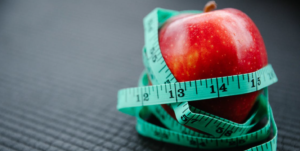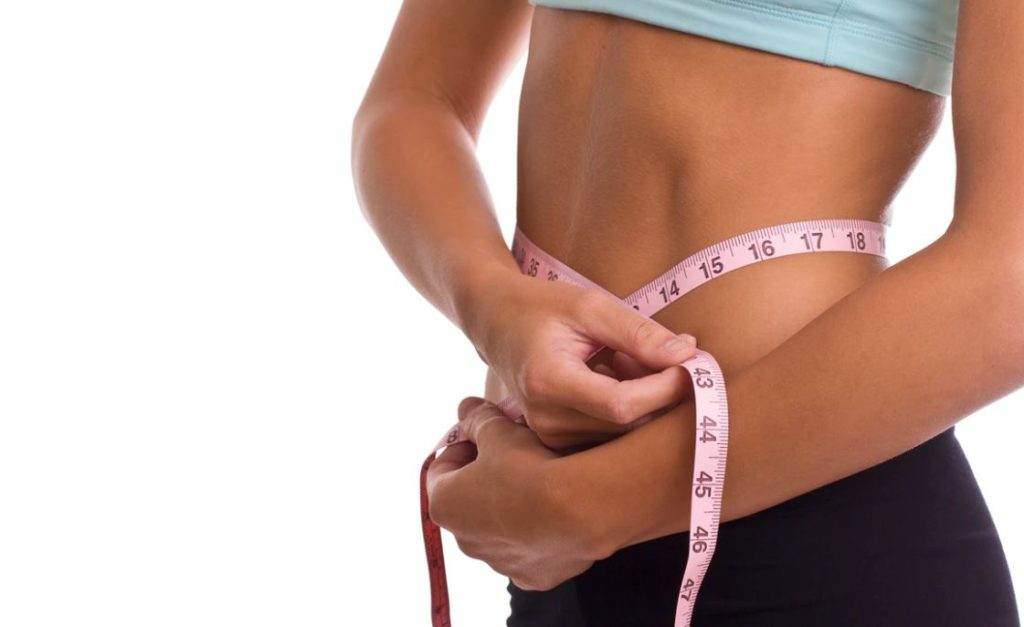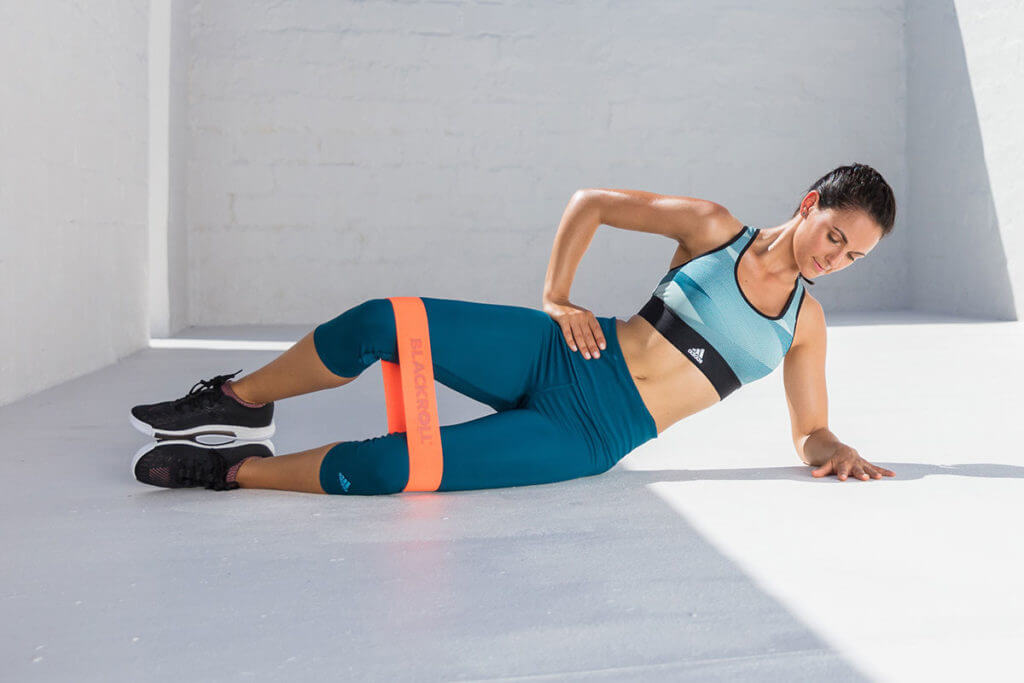Most of us know that regular physical activity has a wealth of benefits, yet the majority of us do not meet the government recommendations for physical activity. We live in a ‘push-button culture’ of labour-saving devices. Computers, video games, cars and escalators mean we’re more and more inactive.
It’s also one of the reasons why more of us are overweight. We’re less active – but still eating about the same amount as 20 years ago – so the excess calories are stored as fat. Walking to lose weight is one way of improving your overall health and help prevent disease. What’s more, combined with healthy eating, regular physical activity is the best way to lose and maintain a healthy weight.
Why Walk To Lose Weight?
Being active helps you:
- Live longer and more healthily
- Improve your mood and helps relieve stress and depression
- Feel good about yourself
- Lose weight and improve body shape
- Maintain your weight loss
Exercise and walking also reduces your risk of developing:
- Diabetes
- High blood pressure
- Heart disease
- Some cancers
- Osteoporosis
And, if you already have some of these conditions, walking can help as part of your treatment (see safety tips first).
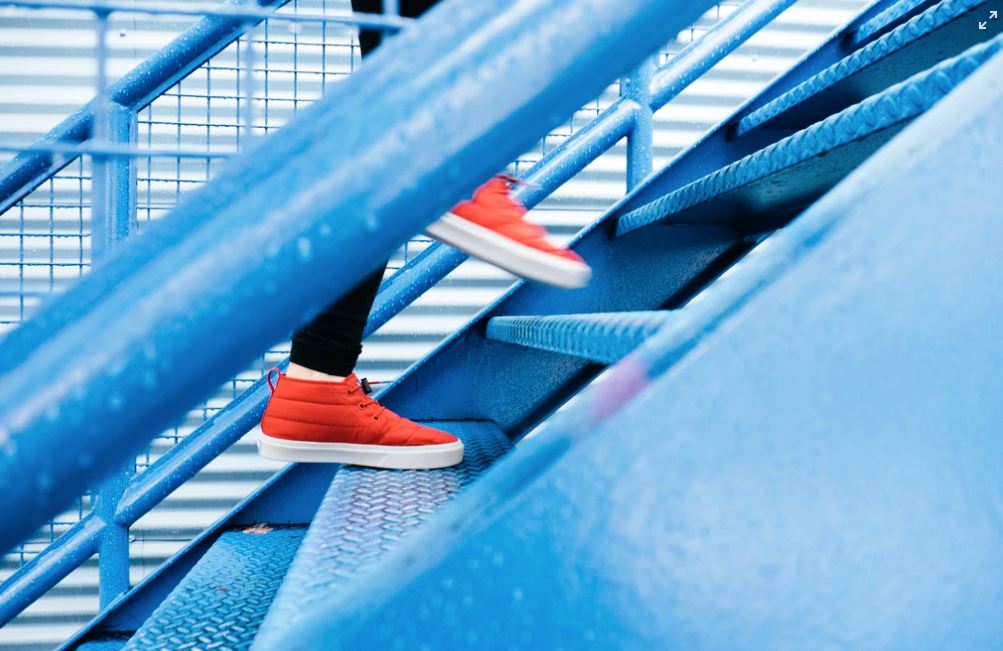
Being Active
Being physically active uses up calories. In order to lose weight you need to either eat fewer calories, or burn up more by being more active. Successful slimmers do both.
Did you know that walking briskly for at least 30 minutes a day for a year could lead to a total weight loss of around 5.5kg (12lbs) for the average person?
How does Walking help with weight loss?
- More of the weight you lose will be fat
- Your metabolism increases (so you use up more energy even when you’re resting)
People who have successfully lost weight find that being active is one of the major factors in keeping the weight off. So activity is really important in weight maintenance too. Combine this good news with the health and well-being benefits and you’ve got lots to gain.
Are you ready to be more active?
Like any behaviour change, it’s important to think through your reasons for wanting to be more active, and plan ahead for obstacles that might get in the way of your goal to be fitter. There are always benefits and potential downsides of any change. Only when the benefits are more important than the negative aspects of change, will you feel motivated to become more active.
Think about the benefits for YOU of being more active.
Other people have said things like:
- Feel better about myself
- Feel less stressed
- Help me to lose weight
Now think about the downside of being more active. If you’re not leading an active life now, think about what’s stopping you. People have said in the past:
- I don’t have the time
- It’s too much effort
- I feel embarrassed about my size
Finally, think about what happens if you stay as you are, and make no changes to your physical activity levels.
Your thoughts might include:
- My weight will continue to go up
- I’ll still feel stressed
- I’ll keep feeling sluggish and unfit
Do you sometimes make any of the following excuses?
- ‘I don’t have time’ – exercise doesn’t have to be time-consuming. Find something you enjoy doing and build it into your daily routine. These days it’s easy to buy some home gym equipment if you don’t have much time.
- ‘I’m too old’ – anyone can get active at any age
- ‘It’s expensive’ – not necessarily. You don’t have to join a gym and you don’t have to invest in expensive equipment.
- ‘It’s boring’ – then find something that you enjoy. Dancing round when you’re vacuuming can be just as beneficial as working out
- ‘It’s dangerous’ – it’s certainly more dangerous if you don’t exercise. But if you’re worried, check with your GP first (See Safety tips)
Remember!
An extra 30 minutes of activity a day will help you to manage your weight and improve your health. Try to build as much activity as you can into your daily life, aiming for a total of 60 minutes each day if possible.
Free Household Exercises
Top tips to get more active in your daily life which don’t cost a dime!
- Clean the house with vigour
- Wash your car by hand
- Climb the stairs briskly
- Mow the lawn & rake the leaves more often
- Use the stairs, not the lift or escalator
- Go for a brisk walk at lunchtime
- Walk instead of taking the car for short journeys
- Get off the bus or tube a stop earlier and walk the rest of the way
- Go out and play with the kids in the garden/park
- Go for a cycle ride or country walk at weekends
- No sniggering please, but perhaps a bit of ‘rumpy pumpy’ with your partner?
When you are trying to lose weight, aim to burn at least 1000 calories a week through extra activity. This equates to 30 minutes of brisk walking every day.
If you’re finding it difficult to get out of the house then a treadmill or vibration plate can be a great alternative to get your body moving and help use up some energy.
Safety tips if you are just starting to exercise
Check with your doctor about the best form of activity for you if:
- You’ve not been active for some time
- You suffer from health problems
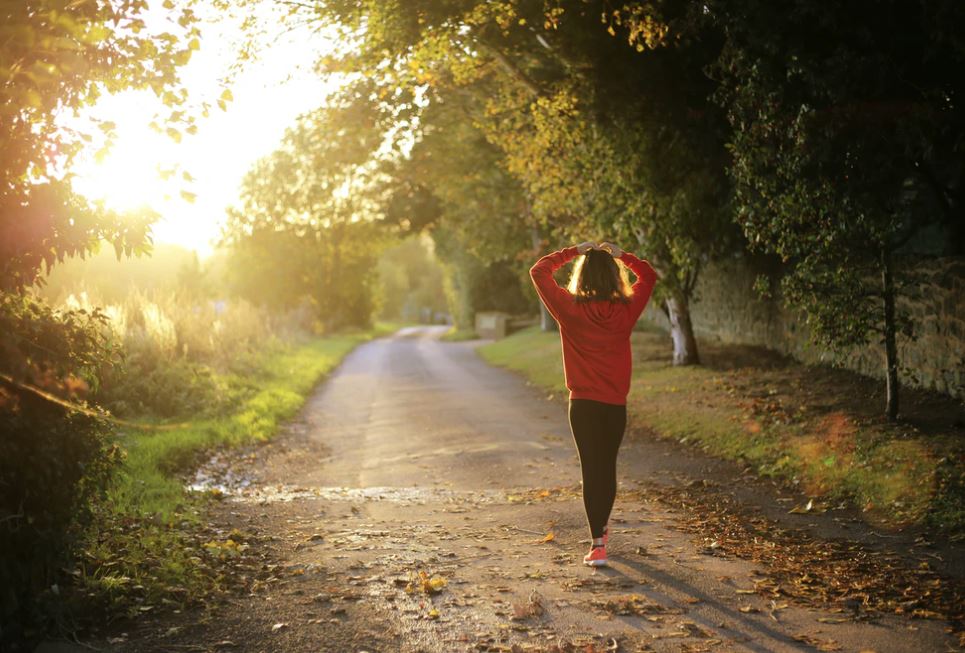
The Benefits of Walking to Lose Weight
Not sure where to start with your physical exercise? A walking programme is ideal.
Studies have shown that brisk, regular walking:
- Helps with weight management because it
– uses large muscle groups;
– is something that most people can do,
– doesn’t require expensive equipment and
– helps increase your metabolic rate; - Makes you feel better by improving your mood;
- Helps prevent osteoporosis
- Is a great way to keep your heart healthy, improve blood pressure and cholesterol levels
Why not invest in a decent pair of walking shoes and a pedometer or smart watch to help with motivation? Today, most phones can also measure the number of steps you are taking and have some useful apps which enable you to track progress. We also particularly like the latest generation of hi-tech Smart Weighing Scales which actually make weight loss interesting and almost fun.
SMART Goals For Walking
Whether your long-term goal is to be fitter or slimmer, or both, setting goals for being more active will help you get there. If you’ve already set goals for changing your eating patterns, you’ll know all about SMART goals. These are goals that are:
S pecific
M easurable
A chievable
R ealistic
T ime specific
We need to apply these same processes to your physical fitness goals.
For each activity, consider when, where and how often. For example, you might decide to take up walking as a way of being more active and to help with managing your weight.
- Where will you walk? Will it be near your workplace during your lunch break, or will you walk from home?
- When will you walk? In the mornings after dropping the children at school, or at lunchtime perhaps?
- How many times a week is realistic for you? What time of day will suit?
- Who with? Would you prefer to walk alone? Or do you need someone to go with you? Some people find it easier to keep to a goal if they’re meeting a friend.
- What will you need? Do you need some good walking shoes or new trainers?
- What might get in the way of achieving your goal? Think of potential barriers and how you might overcome these.
Some examples of SMART walking goals:
- To walk to the paper shop at least five times a week instead of driving
- Use the stairs at work at least 3 times a day instead of the lift
- Do gardening for one hour every week
Whatever your goal, it must work for you: you’re the expert about what you like and dislike, and what’s realistic and achievable for you. Just set a few goals at a time, and test them out.
Keeping a diary can also help you to see areas for change in your activity levels, and it can help monitor your progress.
Getting good at goal setting
Measuring success
How are you going to measure success? Think how long it might take to achieve a specific goal and set a date for checking it. Tick if achieved or not by the review date.
Think about how you feel after being active and remind yourself of the positive benefits you identified before the start. How’s your breathing now? Are you feeling better in yourself? Do you have more energy than before?
If your aim is weight loss, don’t expect to see immediate results – this is likely to take longer (2-3 months). For weight loss, it’s best to combine activity goals with some changes to your eating habits too, so click on ‘Eating well’ to set yourself some eating goals.
Support
Making changes is tough, and to be successful, you’ll need support and encouragement. Where will you get your support from? It might be a friend, family member, local fitness instructor, or a group perhaps. Someone to say “Well done!” or “How’s it going?” on a regular basis can make all the difference to your motivation and confidence.
What if things go wrong?
It’s normal! There are bound to be times when other things get in the way of you achieving your goals: family pressures, busy periods at work, holidays, illness, bad weather…









